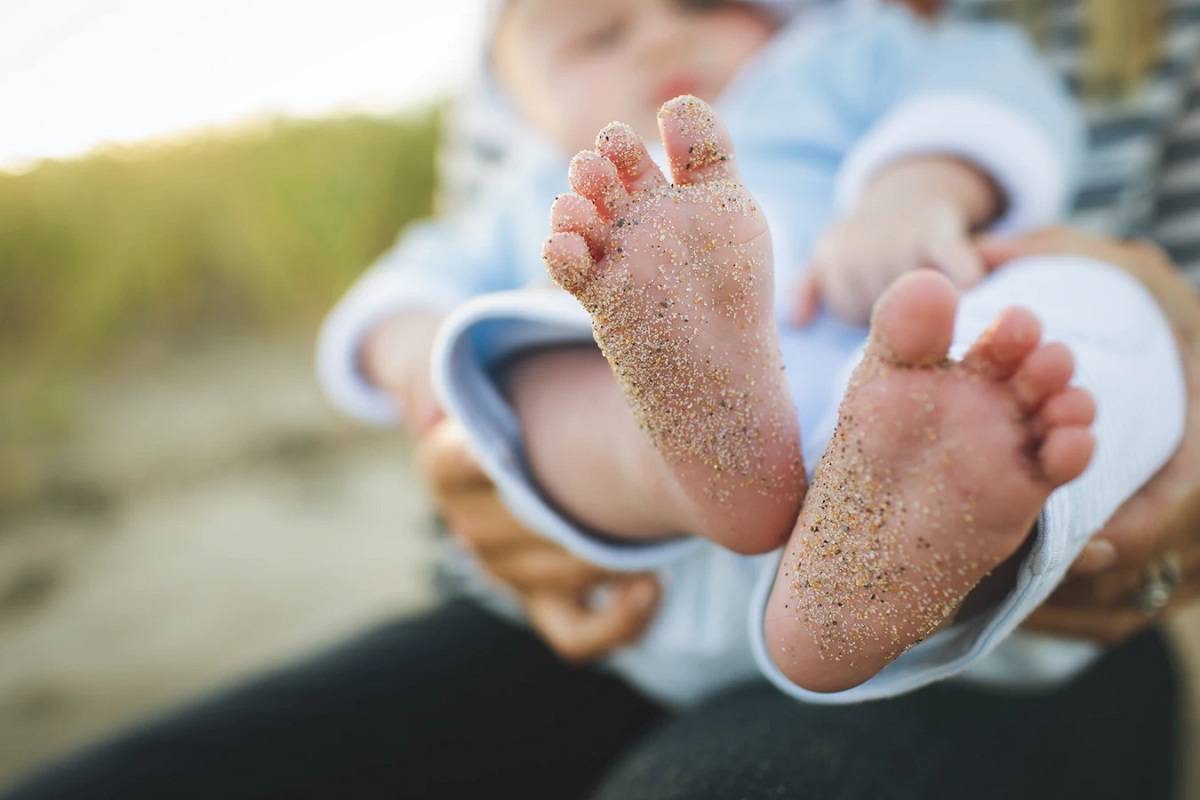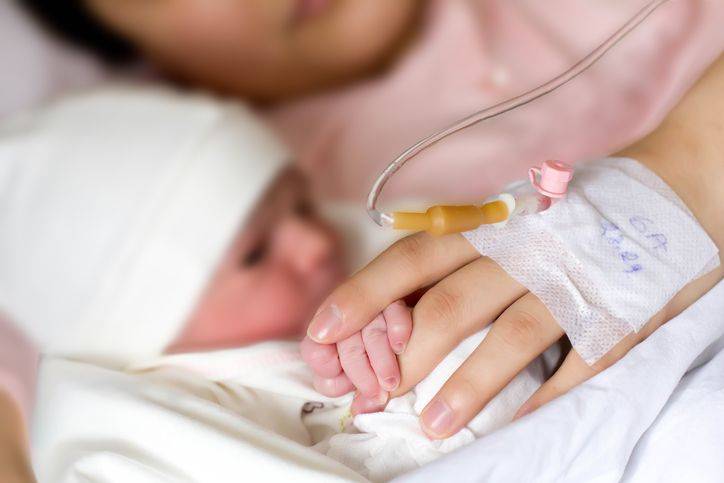
Step-by-Step through an IVF cycle
IVF is a boon for those who are not able to conceive there baby and looking for there biological child. Below mention steps will describe the actual process followed for this procedure. For egg donation, either self egg or donor egg are used. Below mention graph will explain the rate of decrease of conceiving with self egg and this result also let you know why to freeze your own egg earlier.
Men younger than 40 have a better chance of fathering a child than those older than 40. The quality of the sperm men produce seems to decline as they get older. Their food habits and living also determines there sperm quality. When you include healthy diets on day to day life then it increases fertility to a massive level.
Most men make millions of new sperm every day, but men older than 40 have fewer healthy sperm than younger men. The amount of semen (the fluid that contains sperm) and sperm motility (ability to move towards an egg) decrease continually between the ages of 20 and 80.
Step 1: Control Ovarian Hyperstimulation (COH)
COH is done using different protocols. The most common one is a long GnRH-Agonist (Lupron) protocol where the secretion of gonadotropin hormones is suppressed to prevent premature ovulation. Once optimal suppression is achieved, the next step is the recruitment of multiple follicles by daily injections of gonadotropins. Ultrasound imaging and hormone assessments are used to monitor follicular development. When the lead follicles have reached the appropriate size, the final maturation of eggs is completed by HCG administration. Egg retrieval is scheduled 34 - 36 hours after HCG injection.
Step 2: Egg Retrieval
It is a very important procedure as different doctors have the different condition for retrieval ( From egg donor). Many doctors don't work with virgin egg donors. Since the sharing of egg donor profiles is not legal so we will only share their details if there will be assurance and after donor price paid. Egg retrieval is performed in a surgical suite under intravenous sedation. Ovarian follicles are aspirated using a needle guided by transvaginal ultrasonography. Follicular fluids are scanned by the embryologist to locate all available eggs. The eggs are placed in a special media and cultured in an incubator until insemination.

Step 3: Fertilization and Embryo Culture
- If sperm parameters are normal, approximately 50,000 to 100,000 motile sperm are transferred to the dish containing the eggs. This is called standard insemination.
- The ICSI technique is used to fertilize mature eggs if sperm parameters are abnormal. This procedure is performed under a high-powered microscope. The embryologist picks up a single spermatozoon using a fine glass microneedle and injects it directly into the egg cytoplasm. ICSI increases the chance that fertilization will occur if the semen sample has a low sperm count and/or motility, poor morphology, or poor progression. If there are no sperm in the ejaculate, sperm may be obtained via a surgical procedure. ICSI is always used to achieve fertilization if the sperm is surgically retrieved.
- Fertilization is assessed 16 - 18 hours after insemination or ICSI. The fertilized eggs are called zygotes and are cultured in a specially formulated culture medium that supports their growth. They will be assessed on the second and third day after retrieval. If sufficient numbers of embryos exhibit good growth and development, they may be selected to grow to the blastocyst stage in a specially designed culture medium. Blastocyst culture has several advantages. Embryos at this stage have a higher potential for implantation, therefore fewer embryos can be transferred on day 5 to reduce the chance of multiple pregnancies. Low numbers of embryos and poor embryo quality reduce the chances for good blastocyst development. A day 3 embryo transfer is recommended for cycles with low numbers and/or poor quality.
Step 4: Embryo Quality
Embryo fertility is determined by PGS ( Pre-implantation genetic screening. After PGS testing we freeze the most fertile embryos and after first fresh embryo if the process failed then we use the remaining frozen embryos. There are several criteria used to assess the quality of the embryo. This is especially important when trying to decide which embryos to choose for embryo transfer. Early in the morning on the day of your transfer, the embryos are evaluated and photographed by the embryologist. The embryologist and your physician will decide, based on the rate of development and appearance of the embryos, which and how many embryos are recommended to be transferred. Typically, embryos are transferred at the cleavage stage (day 3 after oocyte retrieval) or at the blastocyst stage (day 5). In the lab, a grading system is used to asses the quality of the embryos.
Cleavage Stage: Day 3 Transfers
Day three embryos are called cleavage stage embryos and have approximately 4 - 8 cells. When analyzing these embryos, we not only look at the number of cells but also how symmetrical they are and whether there is any fragmentation. Fragmentation occurs when the cells divide unevenly, resulting in cell-like structures which crowd the embryo. No fragmentation is preferable but some is acceptable. In our lab, we classify embryos into grades 1 through 4. Grade 4 represents the best quality embryos.
 Day 5 Blast: Day 5 Transfers
Day 5 Blast: Day 5 Transfers
Day 5 embryos are called blastocyst embryos. At this stage, the embryos have increased in size and are even more developed. They resemble a ball of cells with fluid inside. One of the things we look for at this stage is how expanded these embryos are. The more expanded, the better the quality of the embryo. These embryos are also classified by a number scale, 1 through 6. Grade 6 represents the best quality blastocyst.
Step 5: Embryo Transfer
Embryos are transferred on day 3 when they are at the cleavage stage (6 - 8 cells) or on day 5 when they have reached the blastocyst stage. Embryo transfer is a simple procedure that does not require any anesthesia. Embryos are loaded in a soft catheter and are placed in the uterine cavity through the cervix.
Source : 1. https://www.urmc.rochester.edu/ob-gyn/fertility-center/services/infertility/ivf/ivf-step-by-step.aspx
2. https://academic.oup.com/humrep/article/20/2/433/603283





